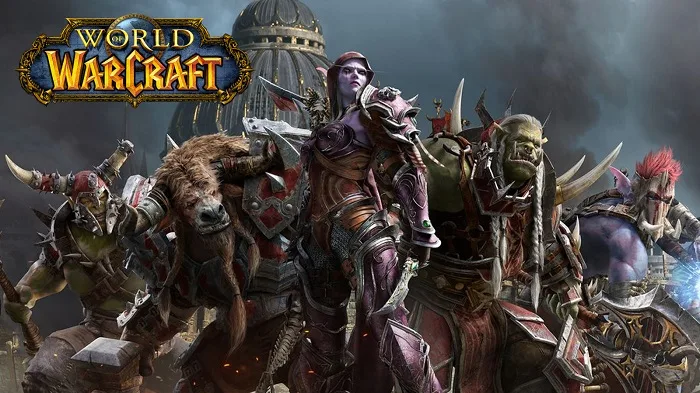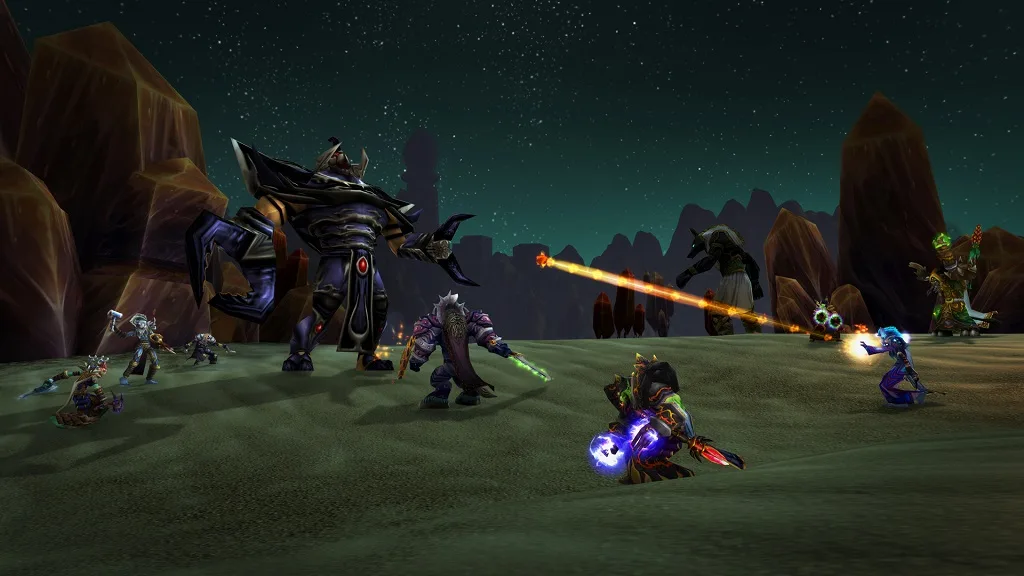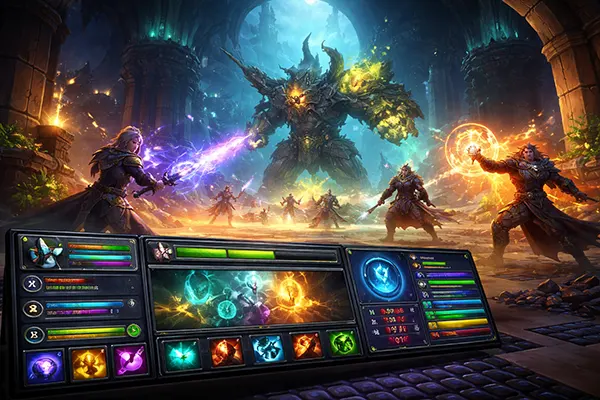
How World of Warcraft’s Localization Turned It into a Cult Classic
World of Warcraft (WoW) has transcended its status as a mere game to become a cultural phenomenon. Its success can be attributed to many factors, including its extensive and careful localization process. This article delves into how localization played a crucial role in WoW’s iconic status.
Why World of Warcraft Is Considered a Cult Game
World of Warcraft is often hailed as a cult game due to its immersive world, complex lore, and engaging gameplay. Released in 2004 by Blizzard Entertainment, WoW quickly captivated a global audience. The game’s success is not just measured by its subscriber numbers but by the dedicated community it fostered.
Blizzard’s commitment to continuous improvement and content updates kept the game fresh and engaging. The intricate storyline and the vast, explorable world allowed players to experience endless adventures, creating a sense of belonging and investment in the game. This dedication to quality and player experience helped WoW maintain its cult status over the years.
The Role of Localization in WoW’s Iconicity
Localization was a key factor in WoW’s global success. By translating the game’s text and audio into multiple languages and adapting cultural references, Blizzard ensured that players worldwide could fully immerse themselves in the game’s universe. This comprehensive game localization process included not only translation but also cultural adaptation to ensure relevance and relatability for different regions.
The localization of WoW was meticulous, ensuring that humor, idioms, and context were preserved. This effort made players from diverse backgrounds feel connected to the game’s narrative and characters, significantly boosting its appeal and player retention in various markets.
WoW’s Background and Its Evolution
Before WoW, Blizzard had already established a reputation for high-quality games with titles like Warcraft, Starcraft, and Diablo. These games laid the groundwork for WoW, providing a rich backstory and a loyal fanbase eagerly awaiting the next big release.
WoW was revolutionary in its genre, combining elements of role-playing, strategy, and social interaction in a seamless online environment. This innovation set it apart from previous games and attracted millions of players.
The game’s launch was not without challenges, but Blizzard’s proactive approach to addressing issues and incorporating player feedback ensured its longevity and continued success.
Player Ratings and Reviews
Players have consistently rated WoW highly for its engaging gameplay, intricate lore, and social aspects. The game’s ability to bring people together, whether through guilds, raids, or in-game events, has been a significant draw.
WoW’s community is known for its camaraderie and support, creating a welcoming environment for new players. Veteran players often share their experiences and tips, fostering a sense of continuity and tradition within the game.
The game’s expansions have also been well-received, each bringing new content, storylines, and improvements that keep the game exciting and relevant. Player feedback has always been a cornerstone of WoW’s development process, ensuring that updates meet the community’s expectations.
Despite occasional criticism regarding changes or balancing issues, WoW’s player base remains loyal, underscoring the game’s enduring appeal and the effectiveness of Blizzard’s engagement strategies.
The Impact of WoW’s Storyline and Plot
The storyline of WoW is one of its strongest features, weaving a complex and captivating narrative that spans across numerous expansions. The rich lore and the depth of the game’s universe provide endless opportunities for exploration and adventure.
Players are drawn to the game’s epic quests and the intricate plot developments, which often involve major character arcs and world-changing events. This immersive storytelling keeps players invested in the game and eager for new content.
Blizzard’s attention to detail in the plot and character development has helped create a game world that feels alive and dynamic, further enhancing the overall gaming experience.

The Community and Social Impact
WoW has had a profound social impact, creating a global community of players who share a passion for the game. The friendships and bonds formed through WoW often extend beyond the game, illustrating its influence on players’ lives.
In-game events, both official and player-organized, contribute to the game’s vibrant community life. These events often celebrate milestones, expansions, and holidays, bringing players together to enjoy shared experiences.
WoW has also been a platform for social initiatives and charity events, demonstrating the positive impact that gaming communities can have on real-w
In conclusion, website localization is a powerful tool for businesses looking to expand their global footprint and connect with diverse audiences. By providing localized content, you can enhance user experience, improve SEO, and build a strong brand presence in new markets. Despite the challenges involved, a well-executed localization strategy can drive significant benefits and position your business for long-term success in the international arena.




